 The shrimp industry - a key economic sector, continues to play a key role in contributing to the province's economic development, contributing 49% of the total agricultural production value in 2024, estimated at 7,476 billion VND. Not only bringing in large revenue, contributing to making Ca Mau stand out on the map of Vietnamese and world fisheries, the shrimp industry also creates sustainable livelihoods for hundreds of thousands of households, promoting cooperation models, linking production with processing and consumption.
The shrimp industry - a key economic sector, continues to play a key role in contributing to the province's economic development, contributing 49% of the total agricultural production value in 2024, estimated at 7,476 billion VND. Not only bringing in large revenue, contributing to making Ca Mau stand out on the map of Vietnamese and world fisheries, the shrimp industry also creates sustainable livelihoods for hundreds of thousands of households, promoting cooperation models, linking production with processing and consumption.
According to the review results, as of March 19, the area of improved extensive shrimp farming (IBC) in the province reached about 166,000 ha/83,807 households, with an average yield of 353 kg/ha/year, and an estimated output of about 58,128 tons (for black tiger shrimp); other shrimp, with an average yield of 104 kg/ha/year, and an estimated output of about 18,109 tons. Super-intensive shrimp farming (STC) in districts and Ca Mau city reached about 5,042 ha/5,101 households, with an average yield of 23 tons/ha/year, and an output of about 116,500 tons/year.
It is estimated that in 2025, following the linkage chain, raising QCCT shrimp in the locality, eligible households and voluntarily registering to participate in the production linkage to develop breakthrough productivity, shrimp farming output is 127,600 ha/64,866 households, with an average yield of 550 kg/ha/year, estimated output of about 70,974 tons. The area for raising STC shrimp is estimated at 5,500 ha, with an average yield of about 23 tons/ha/year, estimated output of 126,500 tons.
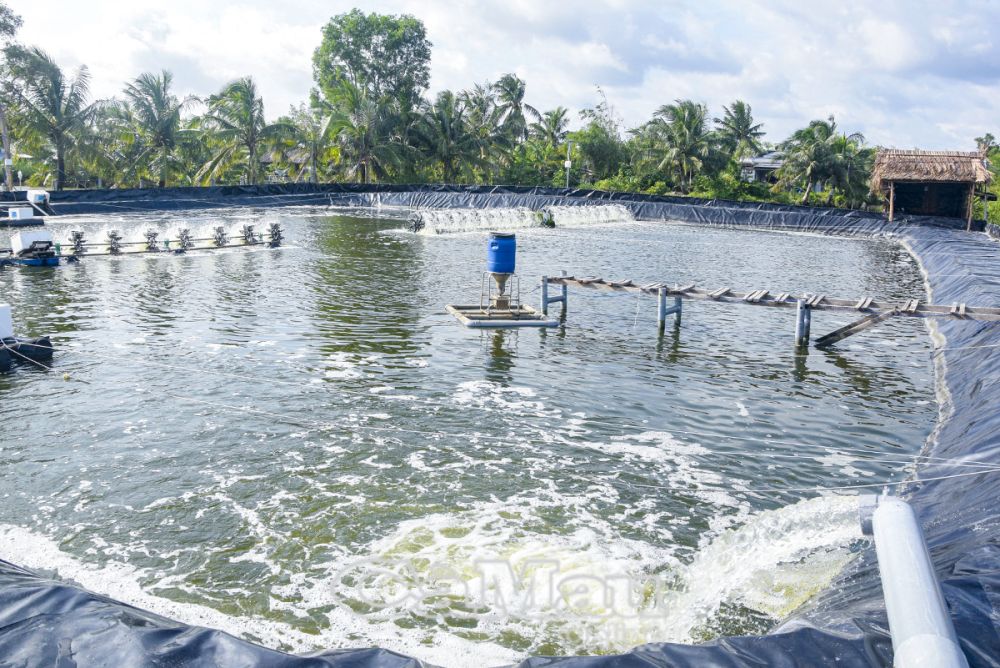
The STC shrimp farming model brings high productivity, the whole province has about 5,042 hectares, with an average productivity of 23 tons/ha/year.
However, the shrimp industry in Ca Mau province has not developed commensurate with its potential and advantages and faces many challenges such as: infrastructure not meeting development requirements; impacts of climate change, environmental pollution, and epidemics; low production efficiency and lack of sustainability; no large-scale concentrated production areas have been formed; people's level of absorption and application of science and technology in production is still limited...
In order to promptly develop a breakthrough in the QCCT and STC shrimp farming model and promote development, improve the efficiency of the collective economy (KTTT), contributing to achieving the socio-economic development goals of the province, the Standing Committee of the Provincial Party Committee has just issued Directive No. 26-CT/TU Ca Mau, dated March 17, 2025 on strengthening the leadership and direction of Party committees and authorities at all levels in developing a breakthrough in the QCCT and STC shrimp farming model and developing KTTT in agriculture in Ca Mau province.
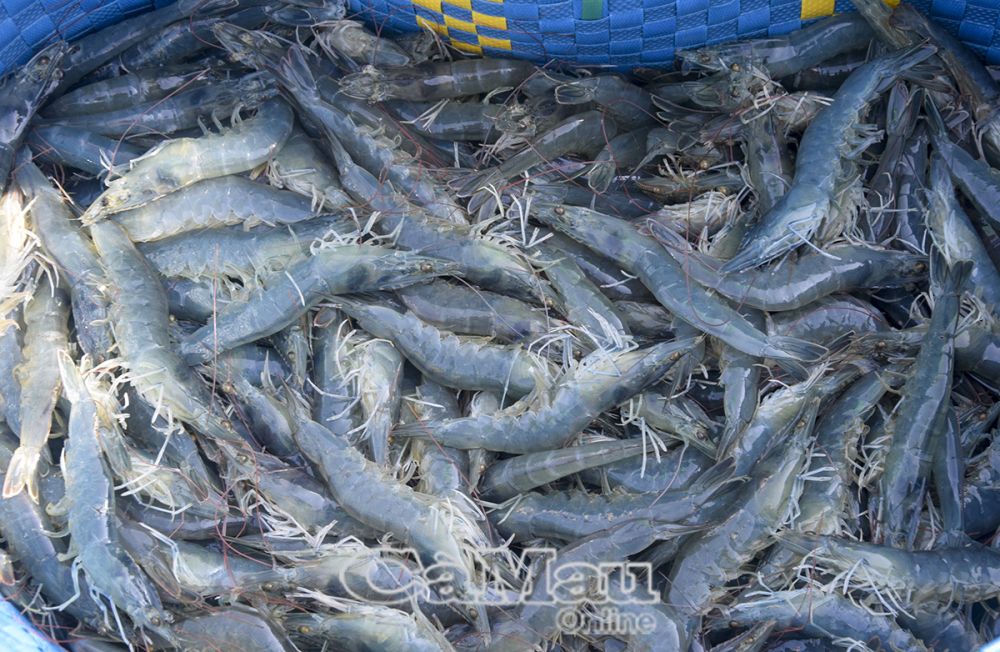
Monitor the environment and prevent and control diseases in aquaculture; strictly control wastewater and waste in shrimp seed production areas, concentrated shrimp farming areas, feed processing facilities, and shrimp processing facilities to achieve high productivity.
Accordingly, the Provincial Party Standing Committee directed the Party committees, authorities, and sectors from the province to the grassroots to thoroughly grasp and seriously and effectively implement the Central and provincial directives on promoting the development of shrimp farming types, especially QCCT and STC shrimp farming and developing KTTT. Identifying the task of breakthrough development in QCCT and STC shrimp farming and developing KTTT as a key, regular and long-term task to develop the Ca Mau shrimp industry into the largest center of the Mekong Delta and the whole country, with a suitable production organization model, applying advanced technology to improve productivity, output, quality and competitiveness of Ca Mau shrimp products, bringing benefits to people and businesses, contributing to the successful implementation of the province's socio-economic development goals.
The Provincial Party Committee leads and directs the Provincial People's Committee to effectively develop and implement programs, projects, plans for agricultural development associated with the collective economy in accordance with the characteristics and strengths of each locality; develop QCCT and STC shrimp farming in the direction of forming large-scale concentrated commodity farming areas, applying science and technology, applying certification standards, linking production and product consumption to reduce costs, improve product quality, enhance competitiveness, develop effectively and sustainably; focus resources on promoting research, transfer, application of scientific and technological advances to effectively serve sustainable socio-economic development, green transformation and circular economic development.

The shrimp industry brings in a large source of revenue for the province.
Actively research and implement policy mechanisms for transferring, replicating, and applying scientific and technological advances; policy mechanisms to encourage, invite, and support businesses to invest and expand production activities in shrimp farming associated with linking production and product consumption. Research and apply techniques for producing high-quality, fast-growing, disease-free, and disease-resistant parent shrimp and shrimp seeds to ensure the quantity demand for on-site production. Strengthen management of seed quality and materials for shrimp farming; build and apply a product traceability system according to legal regulations and market requirements. Monitor the environment and prevent and control diseases in farmed aquatic products...
The directive emphasizes: "District and city Party Committees, heads of Party Committees, authorities, heads of agencies and units, according to their functions and tasks, shall implement the tasks of developing breakthroughs in QCCT and STC shrimp farming and developing KTTT in the area with the highest sense of responsibility and political determination; develop annual and phased implementation plans; assign specific responsibilities to each individual and unit, and be responsible to superiors for the implementation results."
“In order to promote the province's economic growth of 8% or more by 2025, the agricultural sector has advised on key tasks, prioritizing the development of aquaculture, rice and livestock. In particular, the sector has advised the Provincial People's Committee to submit to the Provincial Party Committee Standing Committee to issue a specialized Directive on shrimp industry development. This is an important policy, orienting the development of the 2-phase QCCT shrimp farming model, STC shrimp and organizing production according to the chain. The goal is not only to increase export value but also to create a breakthrough momentum for the shrimp industry, affirming the position of Ca Mau shrimp in the international market," said Mr. Chau Cong Bang, Deputy Director of the Department of Agriculture and Environment.
Diamond
Source: https://baocamau.vn/tao-dong-luc-but-pha-cho-nganh-tom-a37988.html


![[Photo] Visiting Cu Chi Tunnels - a heroic underground feat](https://vstatic.vietnam.vn/vietnam/resource/IMAGE/2025/4/8/06cb489403514b878768dd7262daba0b)





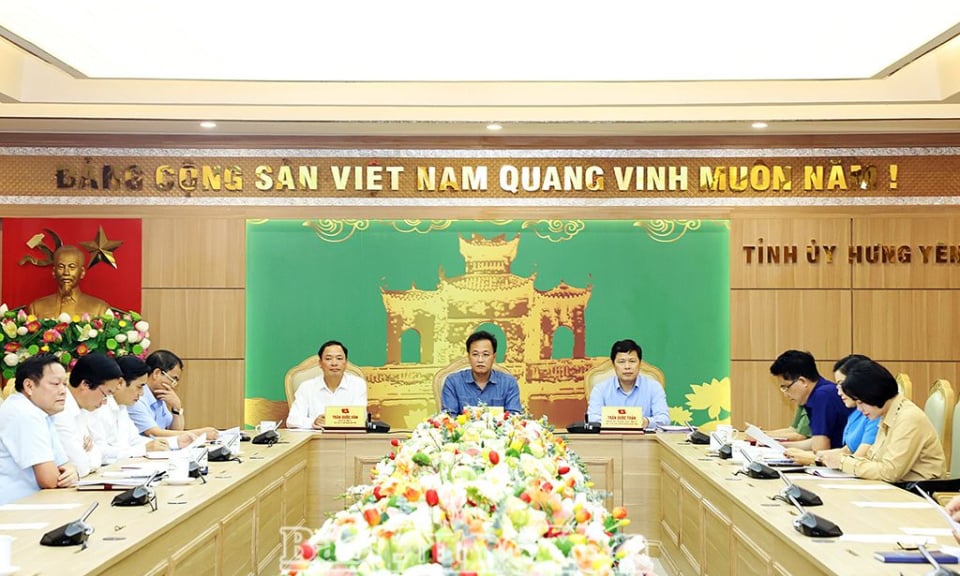
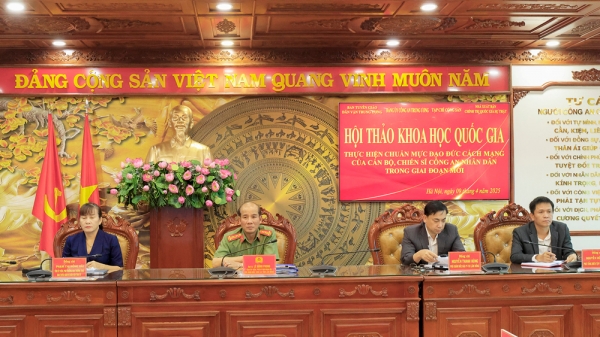
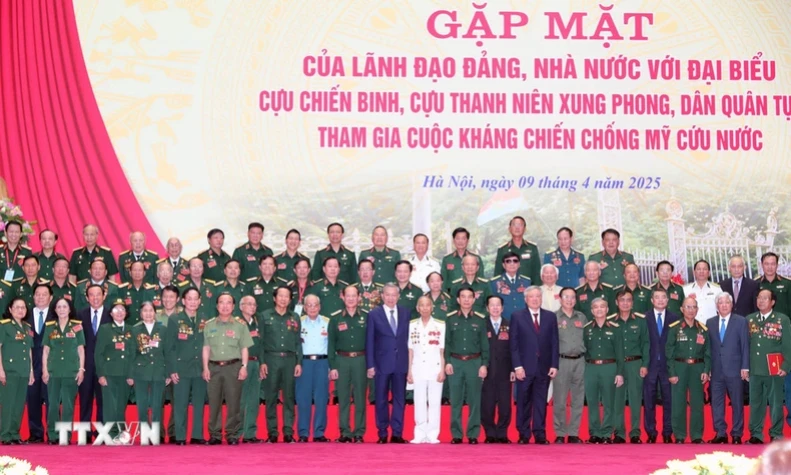
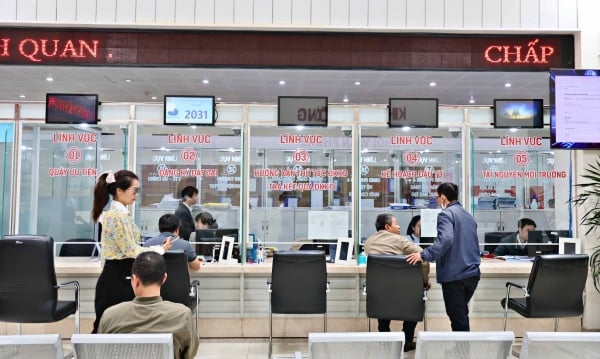
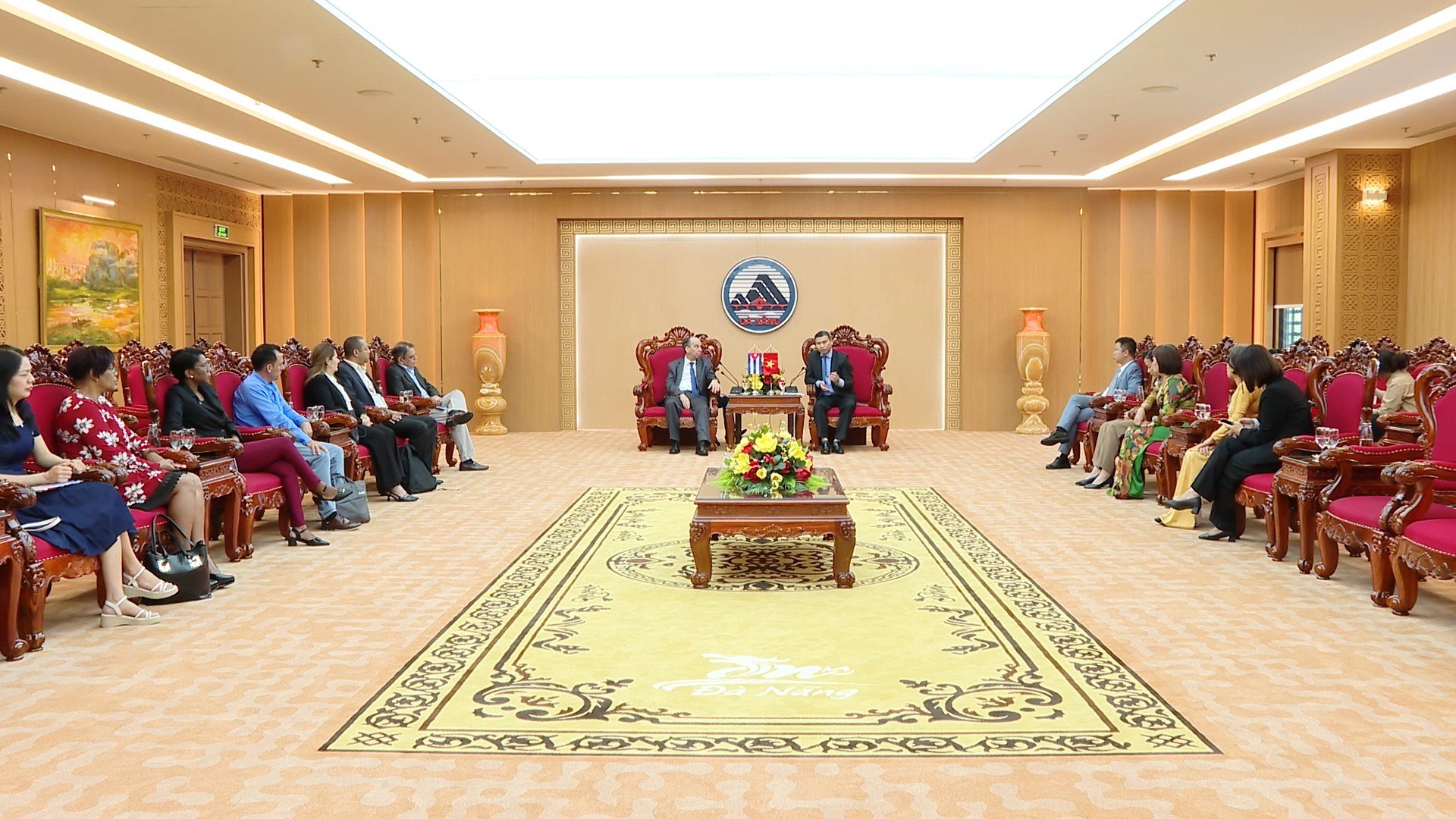




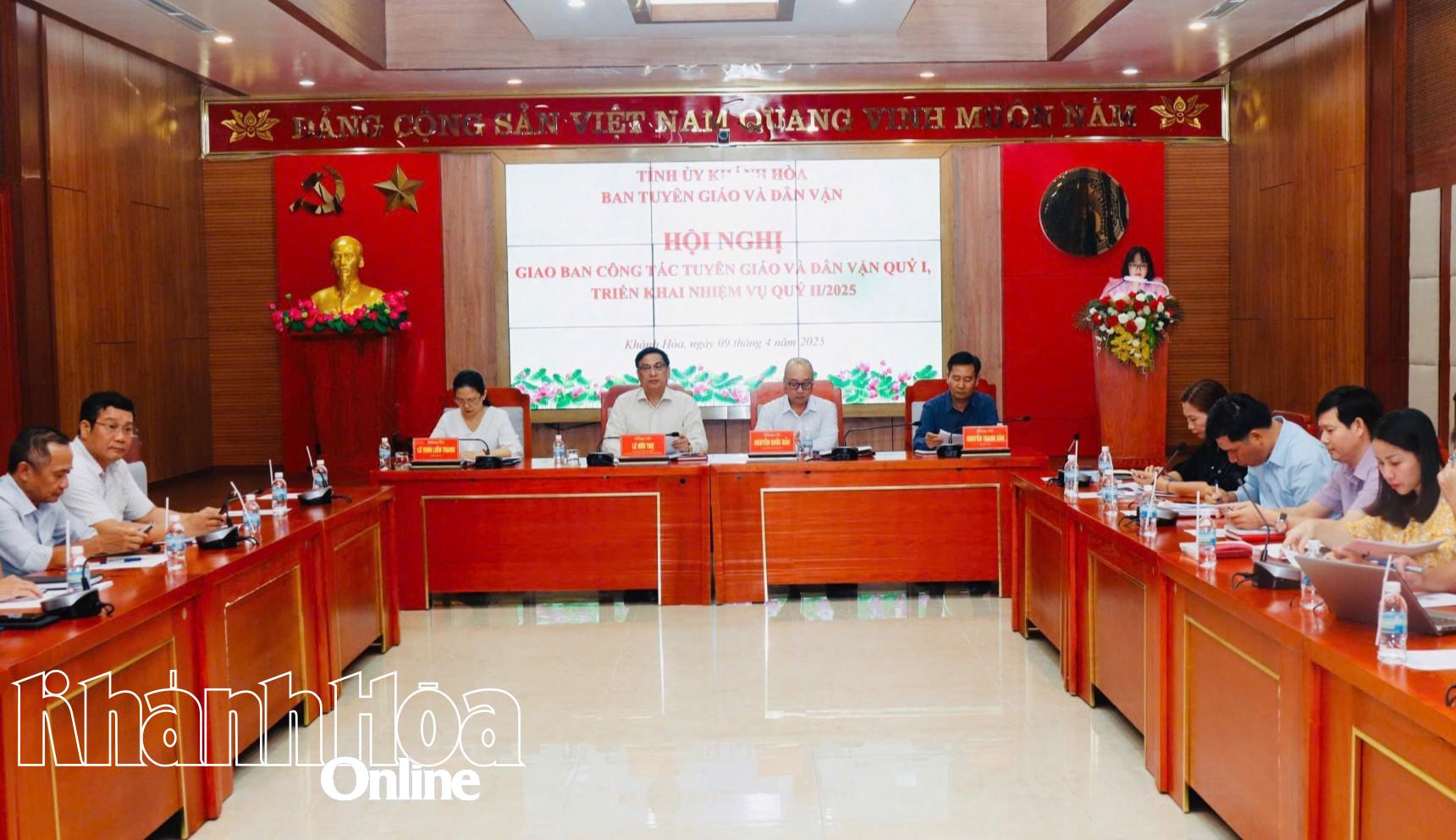
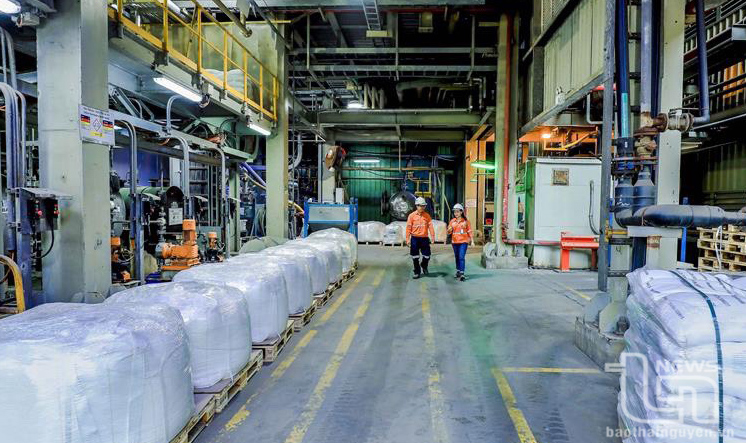
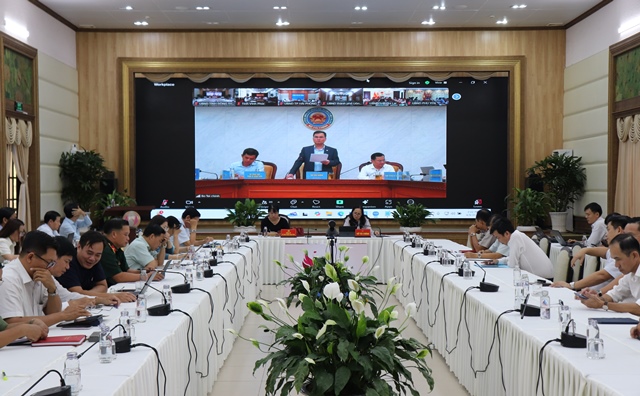
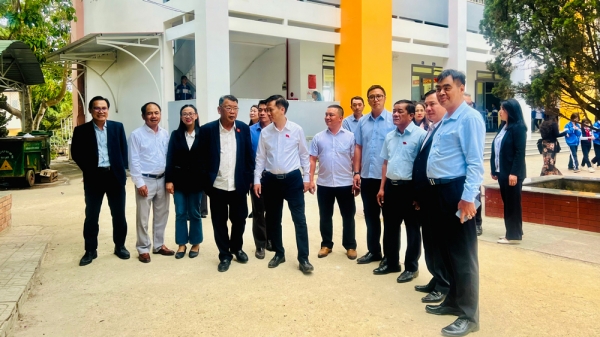

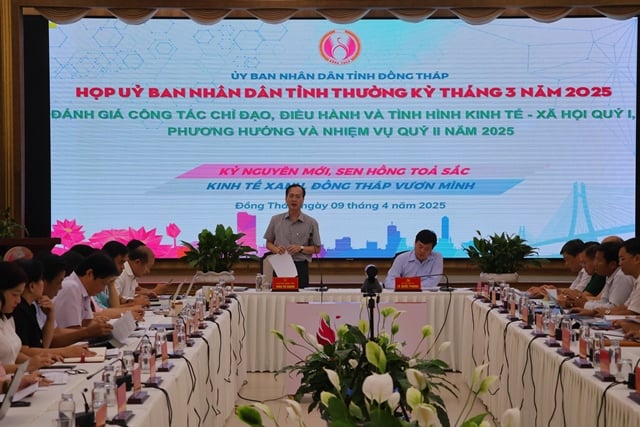
























































Comment (0)